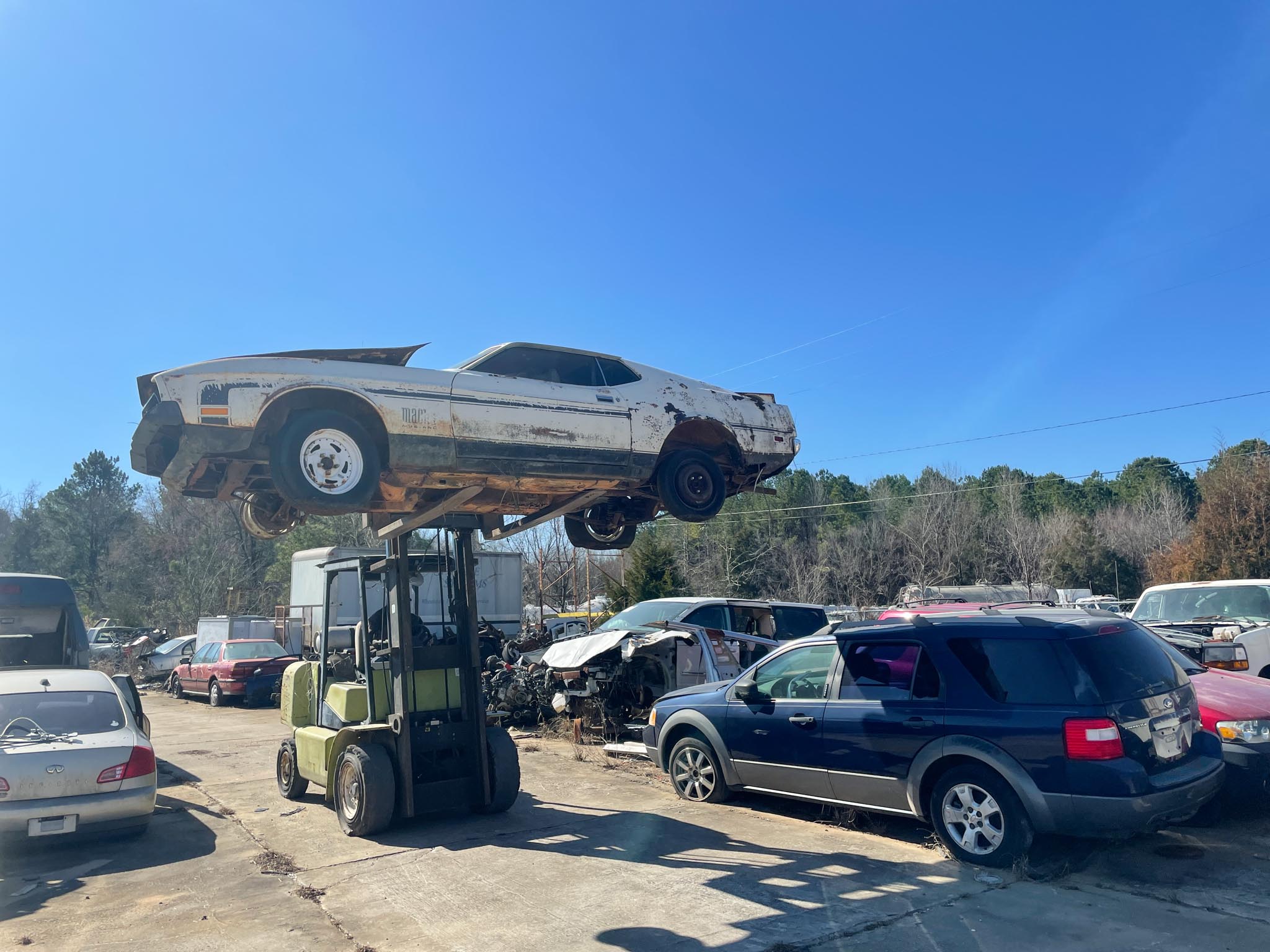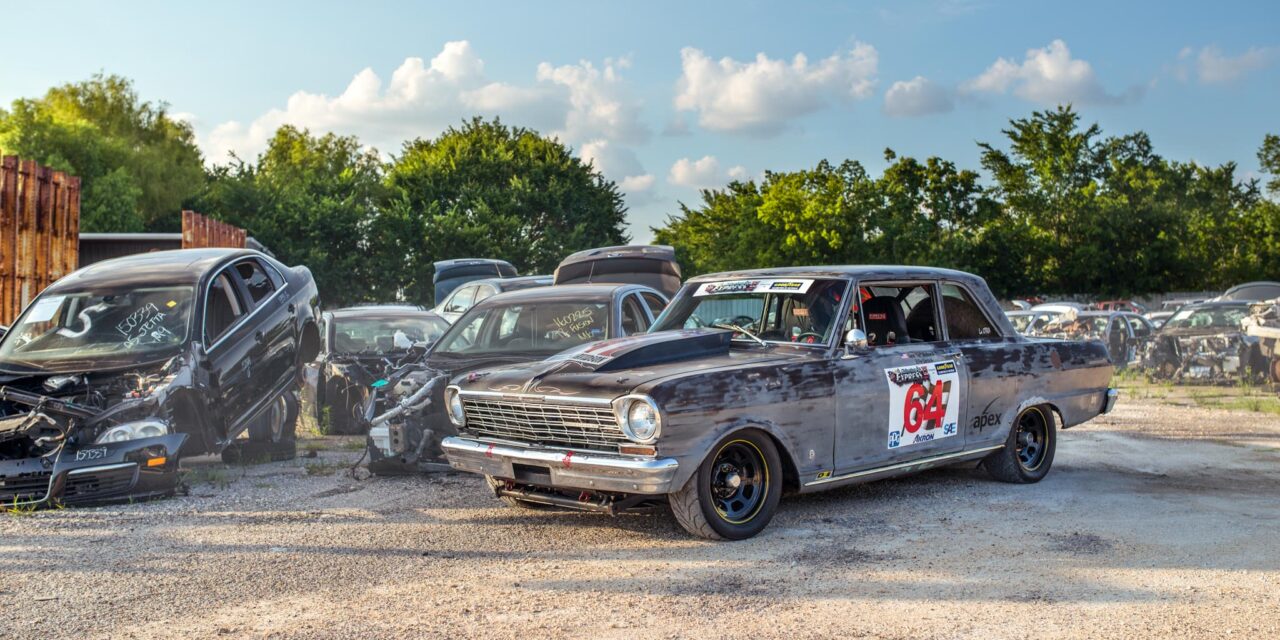There was a time when snagging used parts from the junkyard was a good & viable solution. When a little legwork yielded substantial savings over new parts prices. But now it seems like the sun is setting on that option. And it’s not just with my aging BMW either lol. When it comes to junkyards, I’ve been noticing the trend of diminishing value with ALL the brands in my garage. It begs the question: What happened to the once-great junkyards of yesteryear? For a recent example…
Consider the ‘tracklight’ on my Dodge Durango…
The ‘tracklight’ is that rear illuminated taillight bar that spans across the back of the Durango. And – there’s a known tendency for it to leak & let in water… thus losing functionality. So on my quest to hit the junkyard for a replacement to reseal & refurbish… sticker shock hit me hard. New MOPAR tracklights are priced between $720-780. Aftermarket alternatives are as low as $590. Yet, junkyards still wanted $650-$700 for their used & weathered inventory. Where’s the value? I got curious, so I made a post asking friends about their more recent junkyard experiences.


The comments steered towards eBay…
EBay is a platform I’ve personally had some bad experiences with. Nevertheless, in recent years, eBay has become a convenient & reliable source for used car parts. According to the comments… many find it better than most local junkyards. However, the inclusion of eBay into the mix has perhaps contributed to the inflation of used-part junkyard prices. In the eBay age, Junkyards no longer have to wait for walk-in customers. They can now create an account & sell to the highest bidder on a global scale.
As a customer, that comes with the convenience of NOT having to rummage through field of cars with a bag of tools. But the trade-off is: Higher prices, shipping times, and fitment uncertainties.
Sidenote: eBay has also opened the gates for counterfeit parts that masquerade as genuine.
Junkyard business models have changed…
Digital platforms have elevated market awareness, allowing sellers to adjust their prices based on global demand & scarcity. This has made the used parts you need easier to find. But it’s simultaneously made BARGAINS harder to find. This seems especially true for rare parts or common-issue parts that stay in higher demand. Moreover, the complexity of modern vehicles and the specificity of parts mean that finding a particular component with good confidence, in good condition, is becoming more challenging.
The evolution of junkyards reflect broader technological, regulatory, and consumer behavior shifts. As someone who’s navigated this changing landscape firsthand, I’ve learned that adaptability & knowledge are key to finding the best deals (whether online or in the field). But one thing’s for sure: the golden days of scoring junkyard bargains seems to be fading into the rearview.





Great insight once again Wooley, everyday it appears the walls keep closing in further. I'll go Mad Max before I go EV tho lol
Ditto, fuck this ev crap